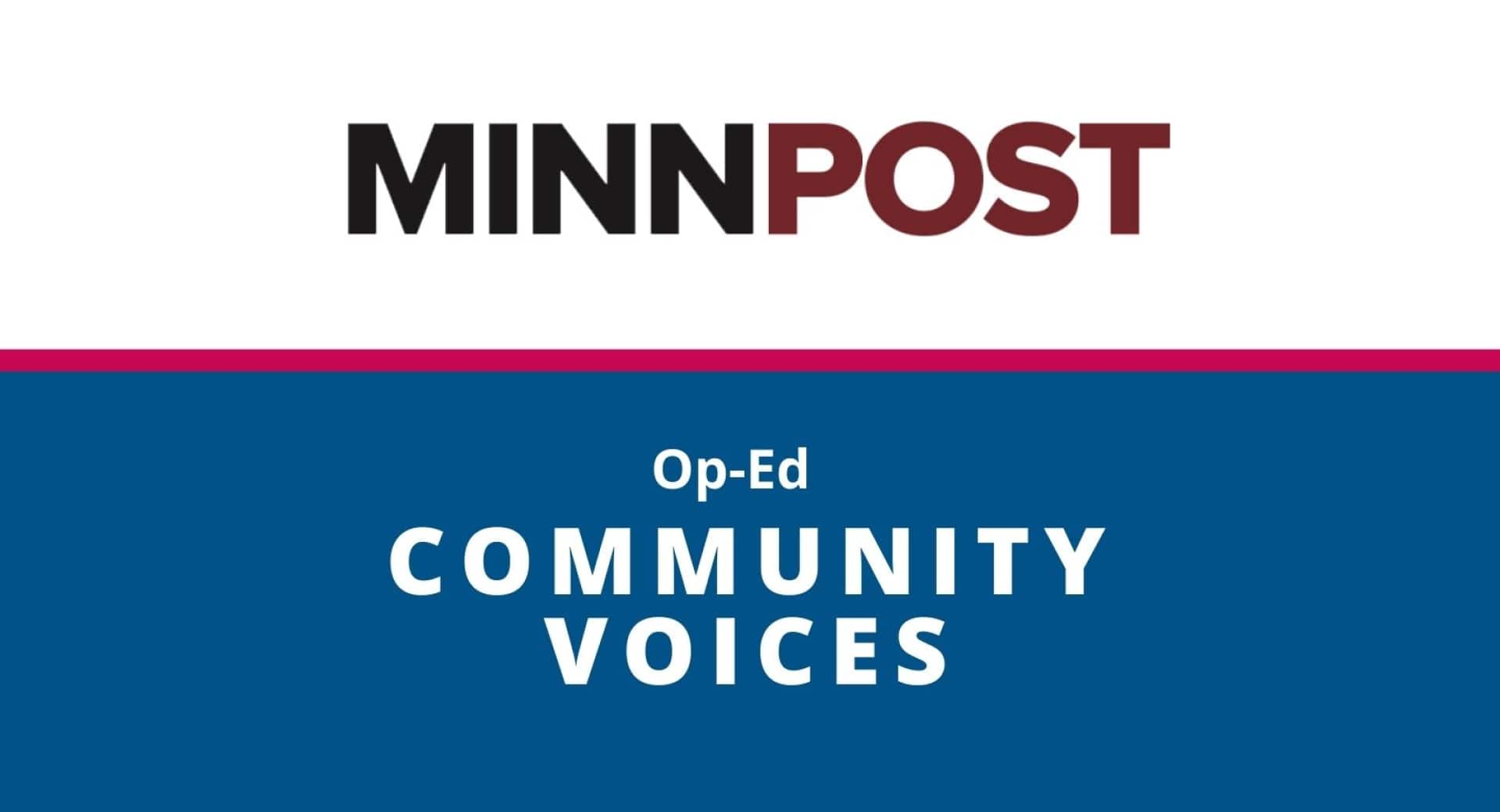
Op Ed: What the 2020 census says about being poor in Minnesota
By Bill Grant, executive director of MinnCAP
Published Oct. 5, 2021 in MinnPost
Results from the 2020 U.S. census are beginning to trickle out, and for those living in poverty, the news is decidedly mixed.
On the one hand, congressional response to the COVID-19 pandemic has moved almost 3.5 million Americans above the poverty line. Yet, poverty rates for Black and Latinx citizens (and, probably, Native Americans) remained far higher than for whites. According to the Coalition on Human Needs, 19.5 percent of Blacks and 17 percent of Latinx in the Current Population Survey were below the poverty line compared to 8.2 percent of whites.
The numbers make clear: To not return to unacceptable levels of poverty post-pandemic, the temporary measures Congress made to blunt the effects of COVID on the economy must be expanded and made permanent.
The numbers show us that measures such as expanded tax credits (EITC, child care), inflation- adjusted SNAP benefits and federal stimulus payments have had a significant impact on household incomes, particularly for those living in poverty. According to the Current Population Survey, roughly 3.5 million Americans were lifted out of poverty between 2019 and 2020. The daily realities of improved lives among Minnesotans experiencing poverty have been witnessed firsthand by local MinnCAP agencies serving communities across the state. While no one would argue that living just above 100 percent of the poverty line meant the end of economic distress for those experiencing the increase, it does demonstrate that real adjustments to personal income can improve lives across the board.
The census numbers also tell us that rural areas continue to lose population, while cities and especially suburbs continue to see growth. In Minnesota, 46 counties lost population in the 10 years since the last census, while the seven-county metro area and counties with larger cities all saw growth. The remaining residents in these areas skew older and racially less diverse than their urban and suburban counterparts. For the MinnCAP network, the implications in these trends are that rural areas will see more seniors on fixed incomes, while population centers will demand affordable child care and workforce training to meet market demands, among other needs.
Minnesota’s population relative to other states kept pace just well enough to avoid losing a House seat in Congress. This is important not only to preserve Minnesota’s voice in this democracy but also because it has huge implications for the distribution of federal resources. Community Action’s efforts to assure that all residents were counted were part of a successful campaign statewide. As new resources become available, the significance of those efforts will be manifest until the next census in 2030.
What is less clear is whether Congress has the appetite to address systemic disparities in wealth by passing President Biden’s Build Back Better bill. This bill, currently pegged at $3.5 trillion, but likely headed lower, would cement the gains already achieved and provide new opportunities to build wealth for millions. According to data from the Organisation for Economic Co-operation and Development (OECD), the United States has the second-highest poverty rate among rich countries, as measured by the percent of people earning less than half the national median income.
Expanding child care availability and lowering costs is one measure that would allow working families to reenter the workforce in an economy screaming for labor. Free community college tuition would provide those same families with job skills that are now out of reach. And by making the EITC and Child Care Tax Credits permanent, the standard of living gains for the bottom quintile would begin to address the unconscionable wealth gap that shames this country relative to almost all other developed nations.
------
Bill Grant, is the executive director of Minnesota Community Action Partnership. MinnCAP comprises 24 community action agencies across Minnesota that provide localized services to address poverty including homeless prevention and housing assistance, utility bill assistance, healthcare enrollment, food and nutrition services, Head Start early childhood programming, employment assistance, financial asset building and regional transit.

